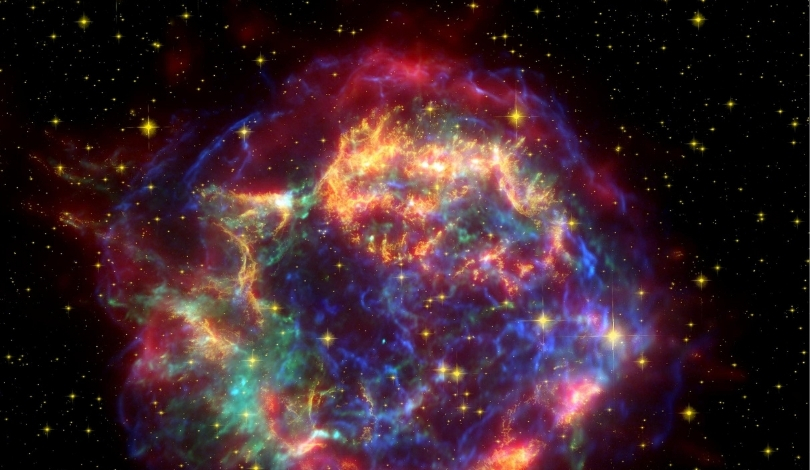Recent discoveries reveal that the Moon’s landscape holds canyons comparable to Earth’s Grand Canyon, formed in an extraordinary short time frame. This revelation offers new insights into the Moon’s geological history and presents promising sites for future exploration. The Schrödinger basin near the Moon’s South Pole serves as a key location for these findings, highlighting the dynamic processes that have shaped our celestial neighbor.
Studies show that Vallis Schrödinger and Vallis Planck, two extensive canyons on the Moon, were carved in less than ten minutes by debris from a colossal impact. These geological formations provide essential information about the Moon’s past and the forces that have influenced its surface. The comparison between these lunar canyons and Earth’s Grand Canyon underscores the immense energy involved in their creation.
How Did the Impact Occur?
The impactor struck the Moon at nearly 55,000 kilometers per hour, creating the 320-kilometer-diameter Schrödinger basin.
“Nearly four billion years ago, an asteroid or comet flew over the lunar south pole and hit the lunar surface,”
explained David Kring from the Lunar and Planetary Institute. The resulting high-energy debris streams rapidly excavated the two massive canyons, Vallis Schrödinger and Vallis Planck, each surpassing the depth of Earth’s Grand Canyon.
What Makes These Canyons Unique?
Vallis Schrödinger extends just under 300 kilometers, while Vallis Planck stretches approximately 280 kilometers. The depth and scale of these canyons exceed those of Earth’s famous landmark, highlighting the efficiency of lunar geological processes during the impact event. Unlike terrestrial canyons, which form over millions of years, these lunar structures emerged within minutes, offering a unique perspective on rapid geological changes.
How Does This Affect Future Exploration?
The Schrödinger basin’s proximity to the proposed Artemis mission site makes it a significant point of interest for upcoming lunar exploration.
“This work has helped to illuminate how energetic the ejecta from these impacts can be,”
stated Gareth Collins, a member of Kring’s team. The basin’s features will enable astronauts and robotic probes to access ancient lunar crust samples, providing valuable data on the Moon’s primordial composition and the Late Heavy Bombardment period.
Further analysis of the impact details indicates that the asteroid’s trajectory was approximately 33.5 degrees west of north, suggesting a distributed impact scenario. The presence of numerous secondary craters in the area supports the idea of a low-angle impact or the influence of secondary ejecta. Understanding these impact dynamics is crucial for reconstructing the energy and timeline of the event that formed the grand canyons.
The discovery of these grand canyons not only enhances our understanding of lunar geology but also provides practical benefits for future missions. By accessing well-preserved samples from the Moon’s early history, scientists can gain deeper insights into the solar system’s evolution and the conditions that have shaped both the Moon and Earth. This knowledge is instrumental in preparing for the challenges of space exploration and in preserving the scientific heritage of our celestial neighbor.
The formation of Vallis Schrödinger and Vallis Planck demonstrates the Moon’s capacity for rapid and large-scale geological transformations. These findings bridge gaps in our knowledge of lunar history and pave the way for more targeted and informed exploration strategies. As missions like NASA’s Artemis continue to advance, the insights gained from these ancient canyons will be invaluable in uncovering the Moon’s secrets and expanding our understanding of the broader cosmos.










